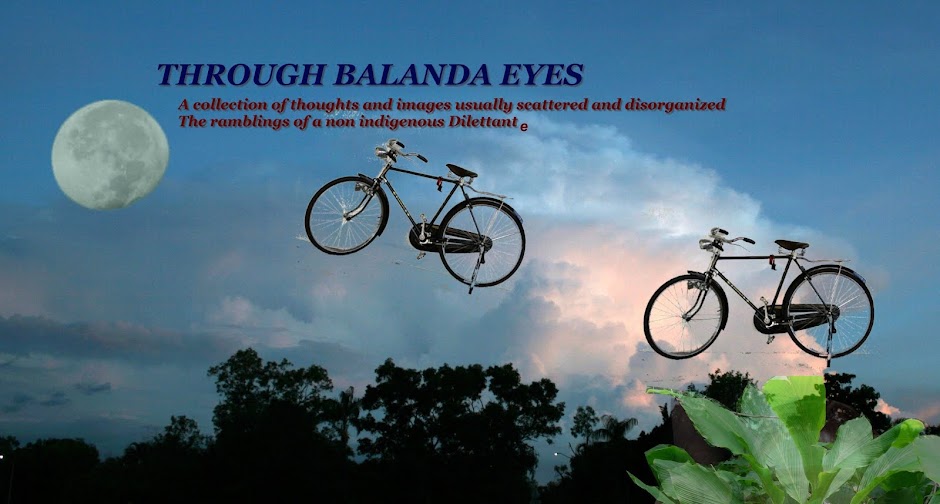So.
When you feel a strong connection to place and every aspect of that place is crushed, smashed, rearranged and broken, it can leave a bit of a hole in the psyche, in the heart and even in the logic center of the brain.
Last year I made a prayerful attempt to express my love of the native bushland close to Darwin Airport. Land that, although right in the middle of our town, consisted of quite healthy examples of open woodland as well as riparian vegetation.
It contained abundant diversity of plants and wildlife.
I wrote notes and attached them to trees and shrubs throughout the area to be affected by development and clearing. I identified species and wrote love notes to the trees and messages to humans hoping that they would take some time to consider the life that existed in this special place.
I attempted to prevent the destruction of one particular tree, by covering it in notes explaining just how precious this tree was. (It was buldozed to make way for excess earth after an excavation.
I took photos of some areas when flowering plants were in full bloom and pinned them to a fence near by after the area had been cleared to show people what had once existed on that site.
As far as I can tell nobody took much notice, the tags were regularly removed and the clearing went on regardless.
I am glad I did it. Maybe I should have been more pro-active, maybe I should have staged a more physical protest, challenging the destruction... Maybe there's not much one person can do.
As I was cleaning out my office for Christmas I found a folder with some of the pieces still in it.
One day the whole place will be forgotten. Just thought I'd post something here to jolt my own memory.
Peace.




